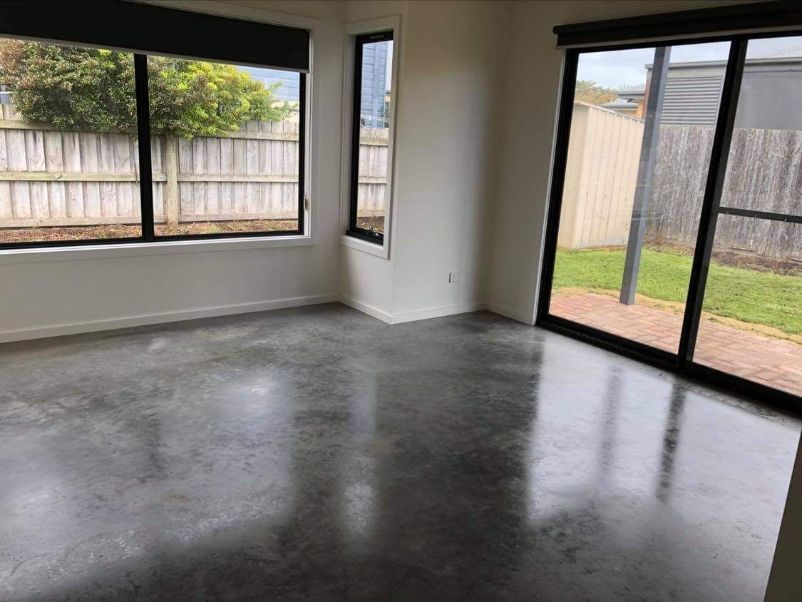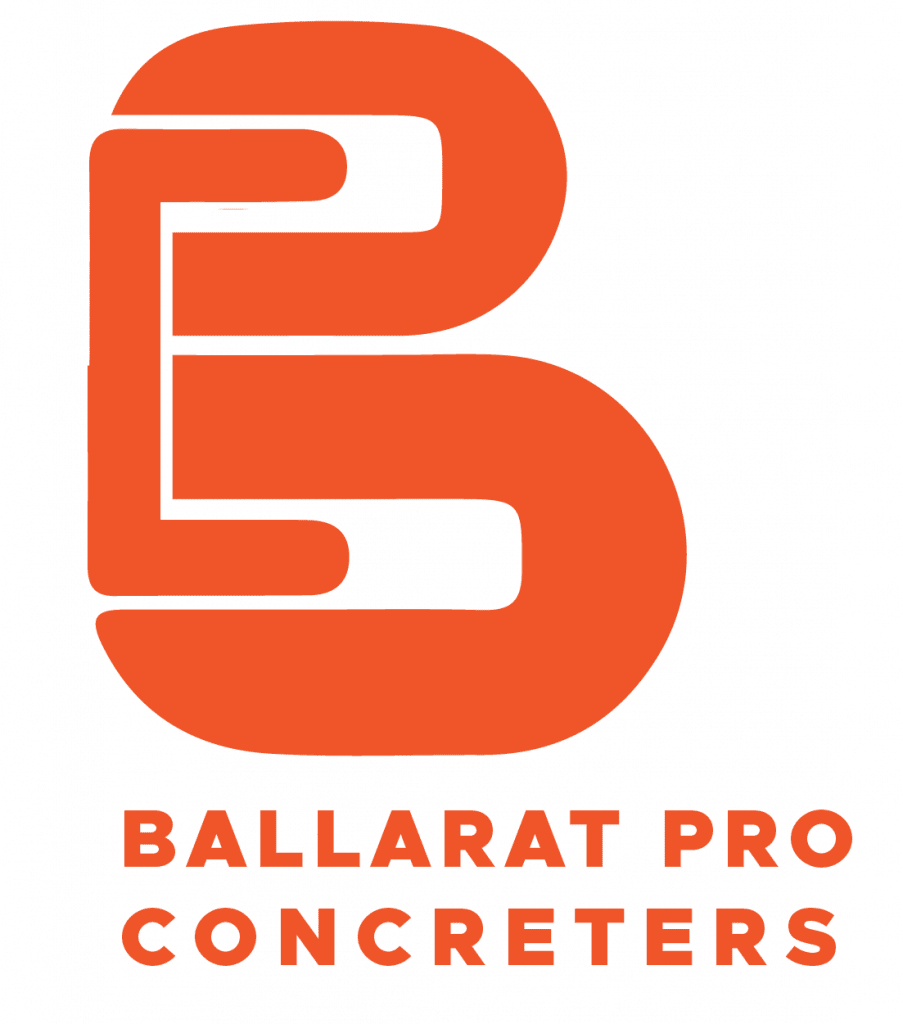The most common types of slabs are slab-on-ground, suspended slab, and precast slab. The specific slab you choose for your project will depend on your preferences and requirements. However, you should also consider the load-bearing capacity of the soil in your site and the size of the slabs.
At Ballarat Pro Concreters, we highly recommend you consult with us before deciding on the slab for your property. Our team of experts will guide you in choosing the right type of slabs to meet your needs.
In this post, we’ll talk about the most prevalent types of slabs used nowadays.
Slab-on-Ground
A slab-on-ground is a type of concrete slab wherein concreters pour the concrete straight onto the soil or ground. A common slab found in residential construction, it is particularly well suited for areas with expansive soils. You can learn more about the ideal expansion quotes here.
The slab-on-ground concrete slab can be categorised into two subtypes. These are:
Conventional Slab
Conventional slab-on-ground concrete slabs are the type that is supported by columns and beams. Each slab is normally composed of a reinforced concrete slab along with columns that transfer its load straight to the foundation.

Waffle Pod Slab
The other type of slab-on-ground concrete slab is the waffle pod slab. This type gets its name from its waffle-like pattern on its bottom portion, designed to distribute the slab’s weight evenly. Waffle pod slabs are considered to be more efficient in material usage and are often used in buildings.
Suspended Slab
Suspended slabs are those that use a network of columns and beams to support their weight. It is designed to be raised above ground level and is often situated by a basement or crawl space.
Just like conventional slabs, suspended slabs are often used in places where the soil cannot provide sufficient load-bearing capacity. It is also used in areas that are prone to flooding.
What makes a suspended slab different from a conventional slab is that a suspended slab doesn’t sit directly on the soil. This allows users enough space for a basement beneath it, which can be used for storage or even living space.

Precast Slab
Precast slabs are the less common types of slabs used nowadays. These are concrete slabs that are cast off-site within a factory-controlled environment. They are then delivered to the job site directly for installation.
A precast slab is made by pouring the concrete into forms and then letting it harden and cure before being shipped. Most forms are made with metal or wood and can be reused several times, which makes them easier and more efficient to produce.
These precast slabs are often used in large-scale residential projects, wherein several housing units are built simultaneously.
Want to learn how to choose a concreter? Read our blog about it today.
